Cold Region Animals: Survivors of the Arctic, How they Adapt
Introduction:
Cold regions, also known as polar or frigid regions, are geographical areas characterized by extremely low temperatures and harsh environmental conditions. These areas are typically located near the Earth’s polar circles, including the Arctic Circle in the Northern Hemisphere and the Antarctic Circle in the Southern Hemisphere. The defining feature of these regions is the presence of ice and snow for a significant part of the year.
Unique Flora and Fauna: Cold regions are home to unique plant and animal species adapted to the extreme conditions, including cold-tolerant vegetation and specialized cold-adapted mammals, birds, and fish.
Adaptations:
Animals that inhabit cold regions have evolved various adaptations to cope with the harsh environmental conditions.
Insulation:
Thick Fur or Feathers: Many animals in cold regions have thick fur or feathers to provide insulation and retain body heat. Examples include the Arctic Fox and Polar Bear.
Metabolic Adaptations:
Seasonal Changes in Metabolism: Some animals undergo metabolic changes, entering states of torpor or hibernation during the coldest periods to conserve energy. Arctic Ground Squirrels are known for hibernating in cold winters.
Coloration:
Camouflage: Some animals change their fur or feathers’ color with the seasons for camouflage. For instance, the Arctic Hare has a white coat in winter for better concealment in the snow.
Physiological Adaptations:
Reduced Metabolism: Hibernation or torpor is a strategy employed by some animals to conserve energy during the winter months. Arctic Ground Squirrels, for example, hibernate to survive the cold.
Countercurrent Heat Exchange:
Efficient Thermoregulation: Some animals have specialized circulatory systems, like countercurrent heat exchange, to minimize heat loss. The Arctic Fox uses this mechanism to keep its extremities warm.
Behavioral Adaptations:
Migration: Some birds and mammals undertake long-distance migration to avoid the harsh winters. The Arctic Tern, for example, travels between the Arctic and Antarctic to experience continuous summer.
Blubber:
Thick Layer of Blubber: Marine mammals in cold regions, such as the Beluga Whale and Polar Bear, have a thick layer of blubber that provides insulation and buoyancy in icy waters.
Feeding Strategies:
Carnivorous Diets: Animals in cold regions often have diets high in fat and protein, such as the Polar Bear’s reliance on seals. This helps them meet their energy needs in environments with limited vegetation.
Thermoregulation:
Countercurrent Heat Exchange: Some animals, like the Arctic Fox, have specialized blood vessel arrangements that prevent excessive heat loss, allowing them to maintain a stable body temperature.
Here are some examples:
Arctic Fox:
These small mammals have thick fur that changes color with the seasons, providing camouflage. They are well-adapted to the frigid Arctic climate.
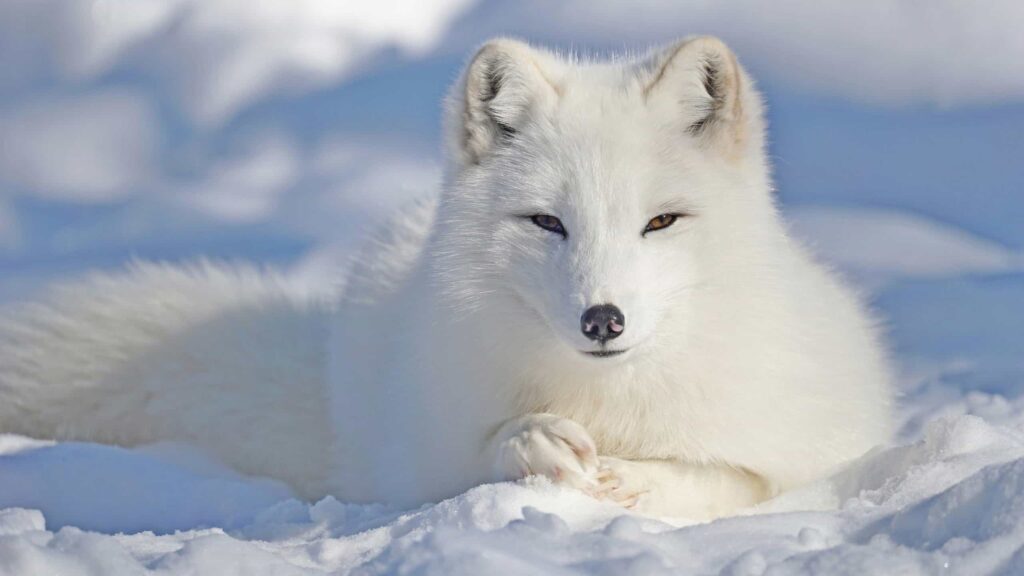
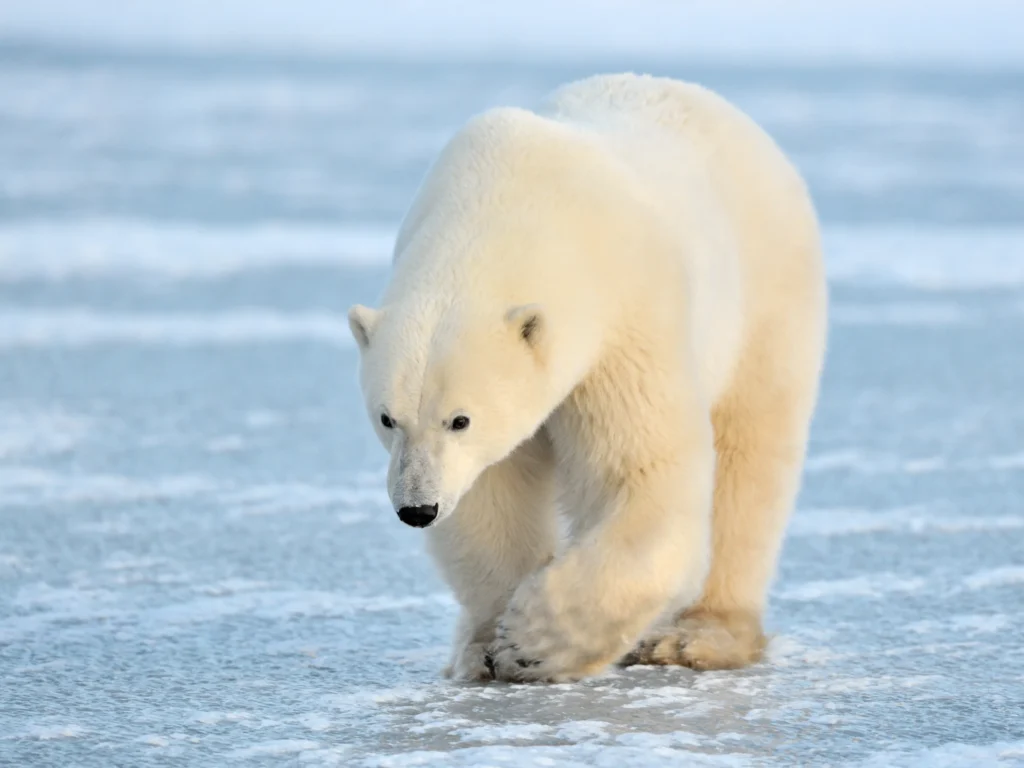
Polar Bear:
The largest land carnivore, polar bears are excellent swimmers and primarily inhabit the sea ice of the Arctic Ocean. They rely on sea ice to hunt seals.
Arctic Hare:
With a white fur coat in winter for camouflage and shorter ears than other hares, the Arctic hare is well-adapted to cold environments.

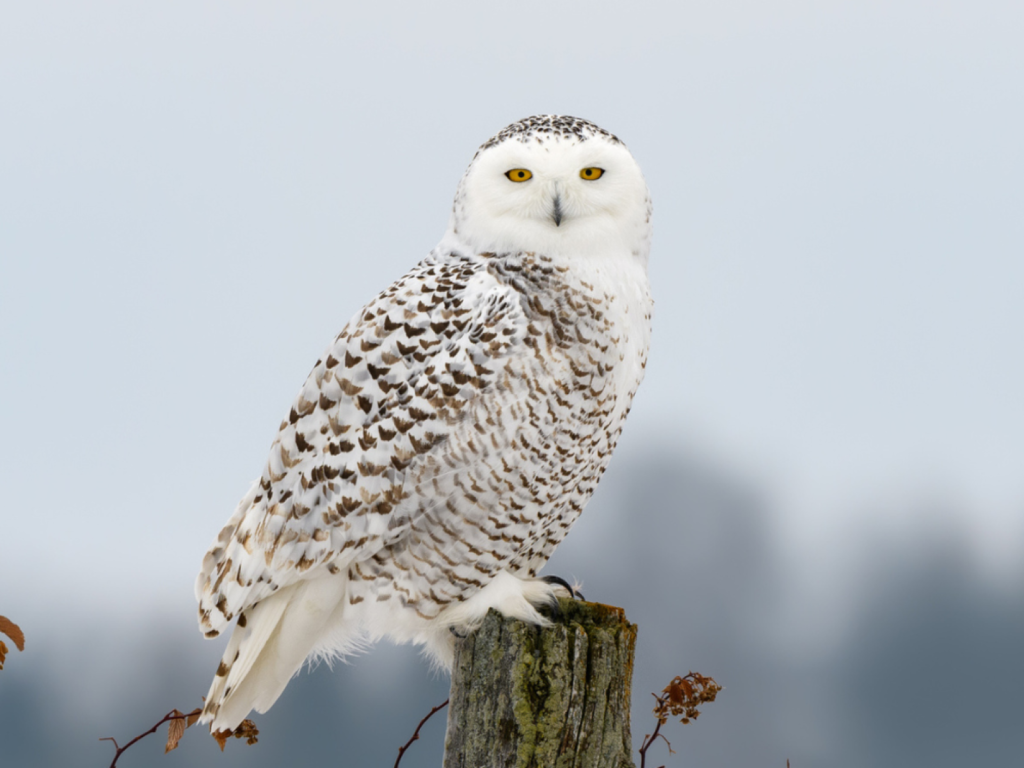
Snowy Owl:
This large owl is well-camouflaged in its snowy habitat. It preys on small mammals like lemmings and is found in Arctic regions.
Reindeer/Caribou:
These herbivores are found in the Arctic tundra and have adaptations such as thick fur and hooves designed for traversing snow.
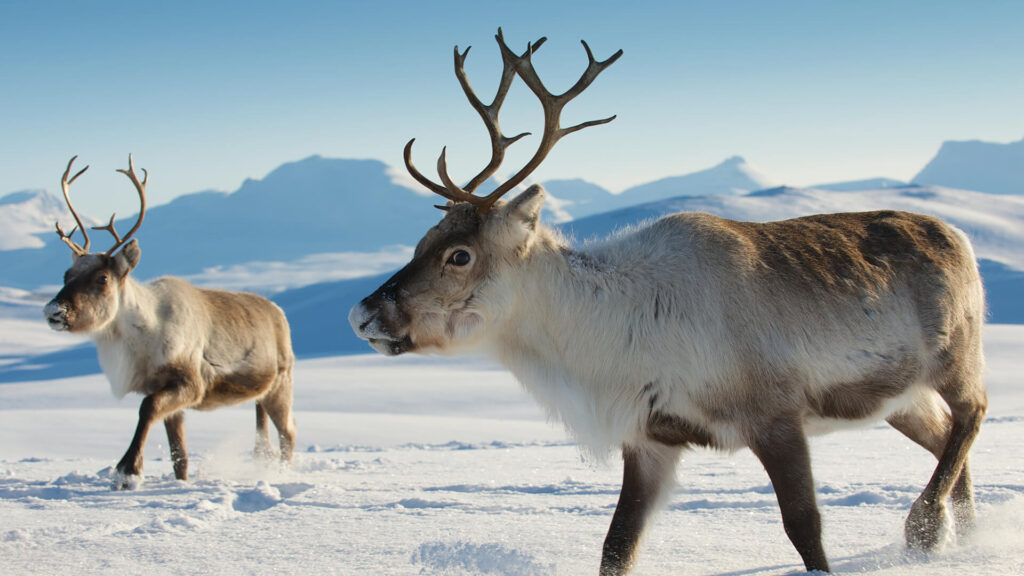
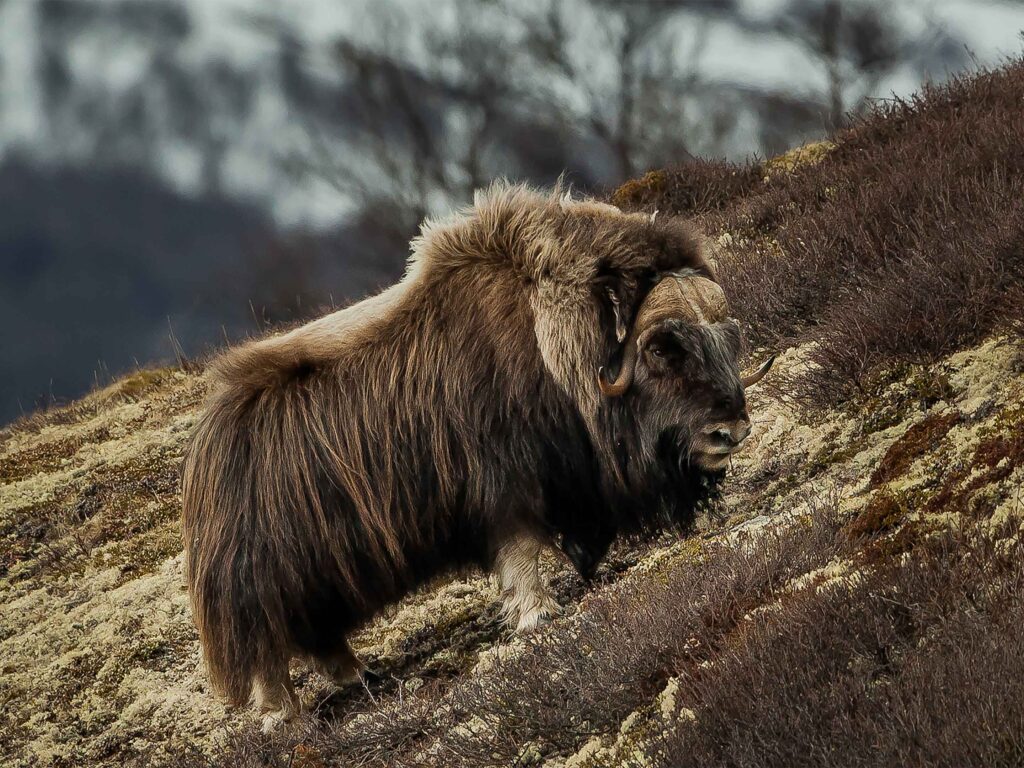
Musk Ox:
Native to the Arctic, musk oxen have a thick coat of fur and are well-adapted to cold temperatures. They form defensive circles to protect themselves from predators.
Arctic Tern:
This bird has one of the longest migratory journeys, traveling from the Arctic to the Antarctic and back. They experience both polar summers.
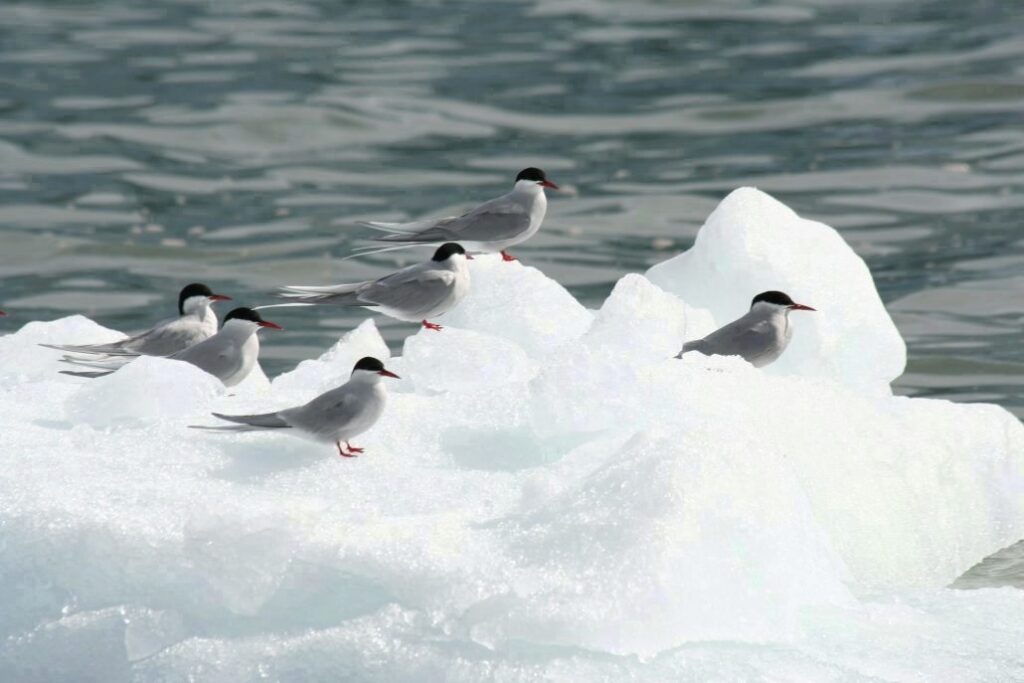
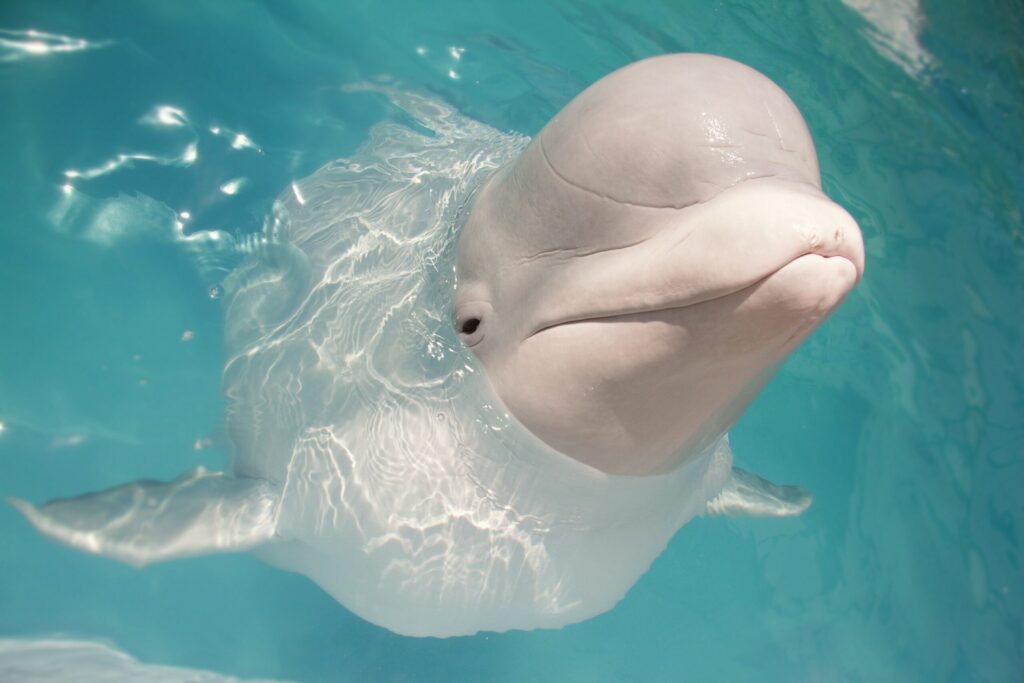
Beluga Whale:
Belugas are found in Arctic and subarctic waters. They have a layer of blubber to insulate them from the cold and can navigate through sea ice.
Snow Leopard:
Found in the cold mountainous regions of Central and South Asia, snow leopards have thick fur to protect against the cold and are skilled climbers.
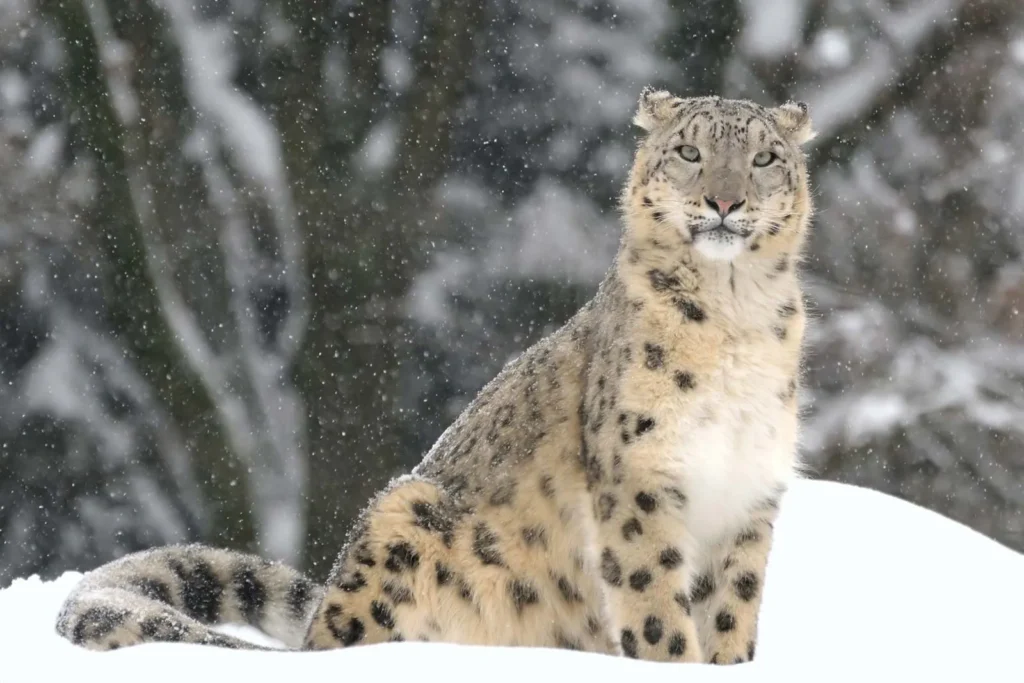
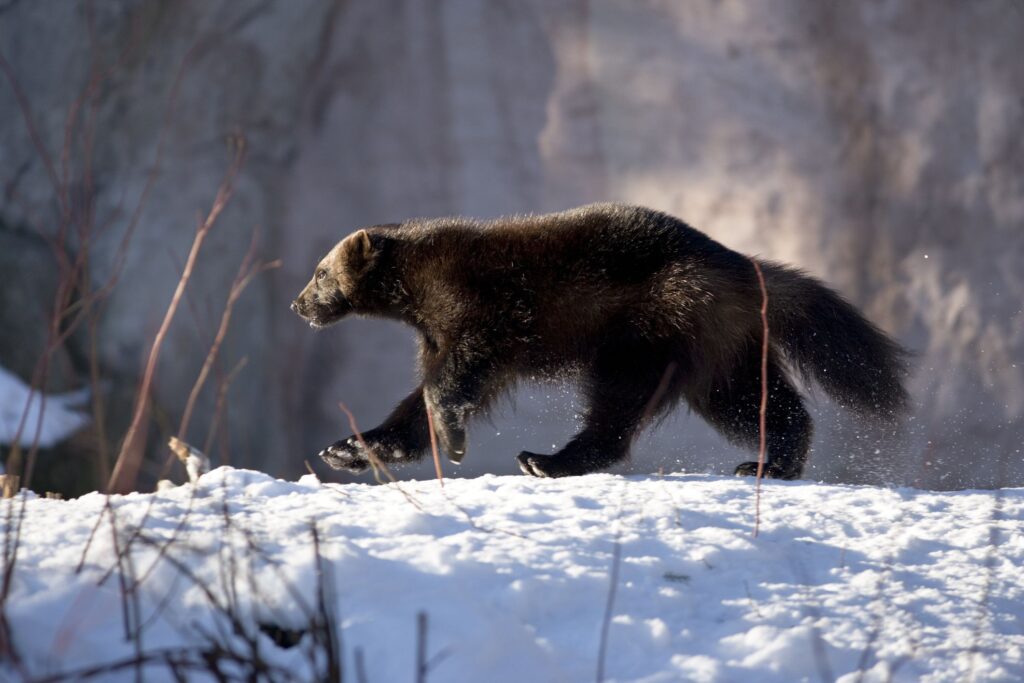
Wolverine:
These animals are found in cold northern regions and have a thick fur coat. They are known for their strength and agility.
Lemmings:
Small, burrowing rodents found in Arctic and subarctic regions.
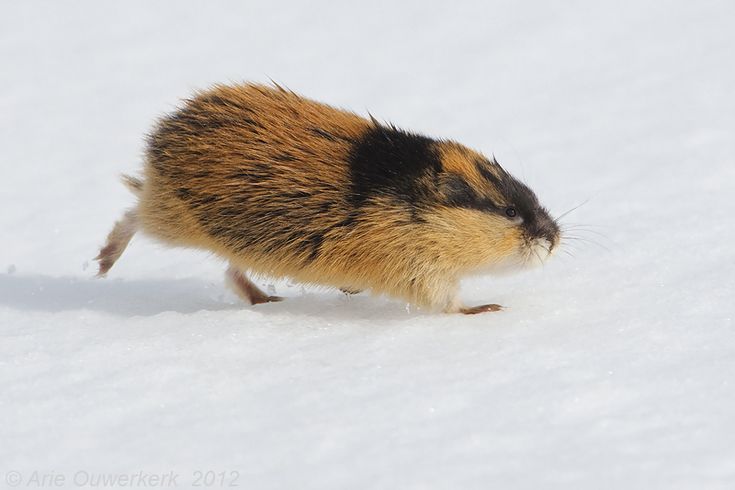
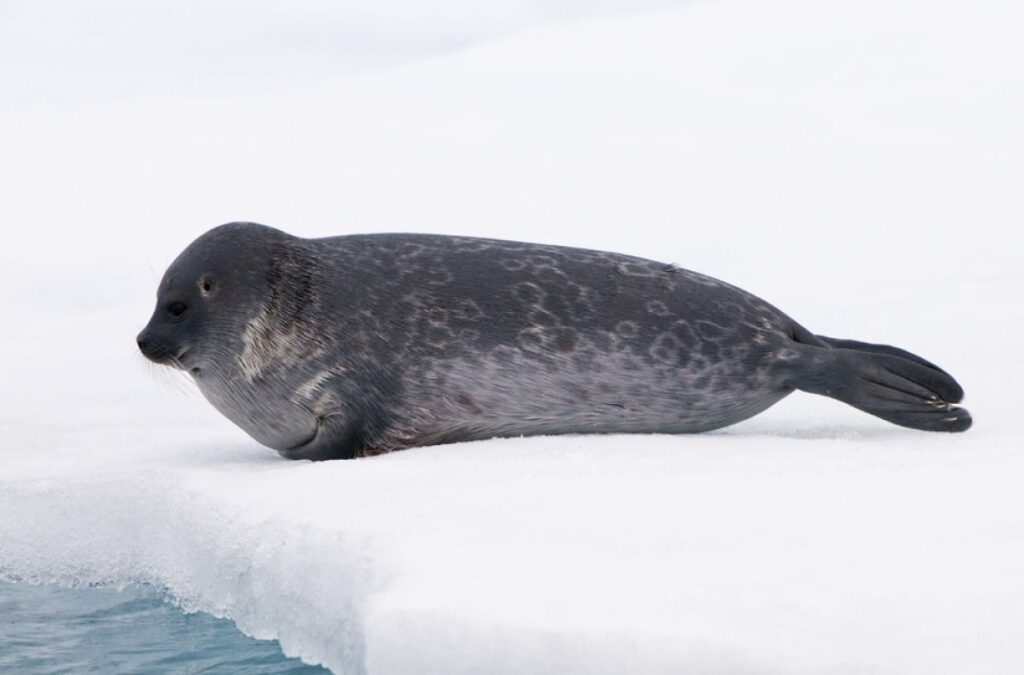
Harbor Seal:
Found in cold coastal waters of the Arctic and North Atlantic, often seen on ice floes.
Ermine (Short-tailed Weasel):
Small carnivorous mammals with a white winter coat, found in northern regions.
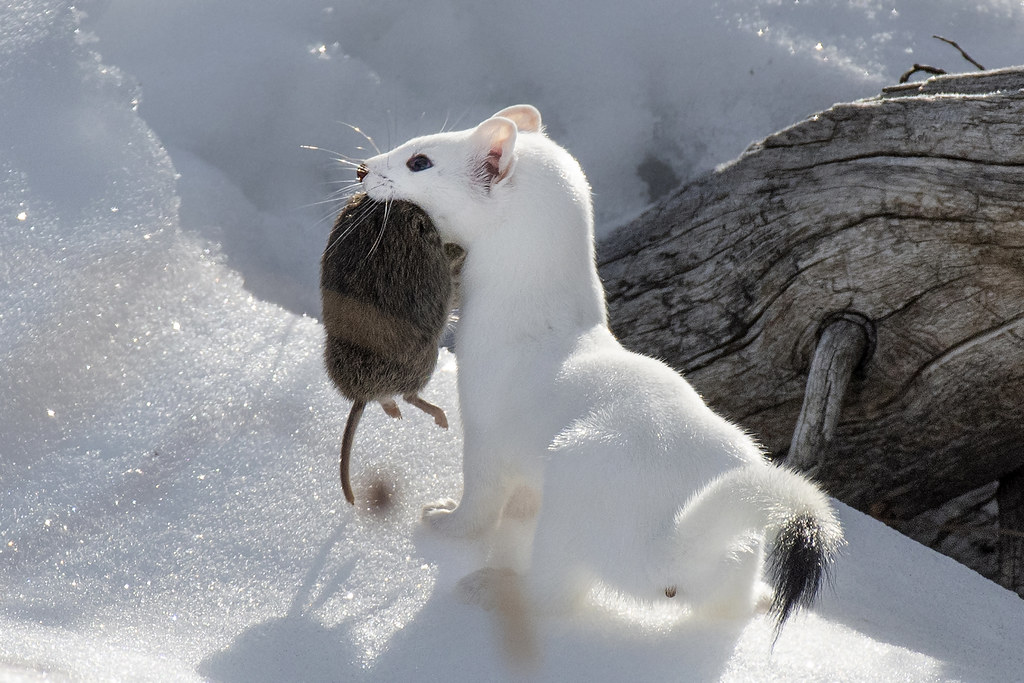
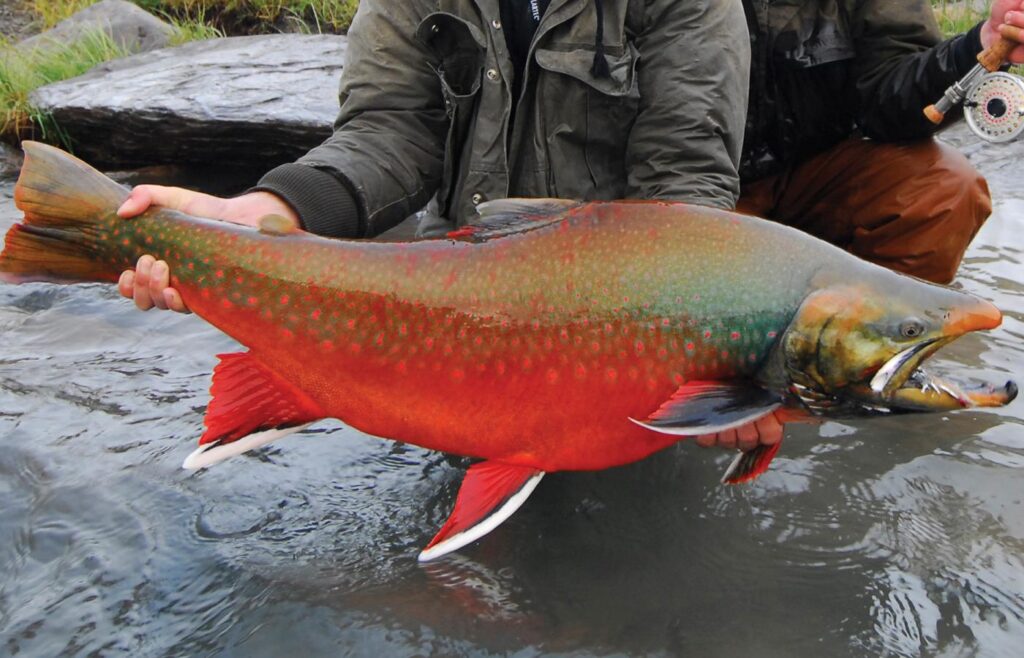
Arctic Char:
A cold-water fish species found in Arctic and subarctic lakes and rivers.
Narwhal:
A medium-sized toothed whale known for its long, spiral tusk, found in Arctic waters.
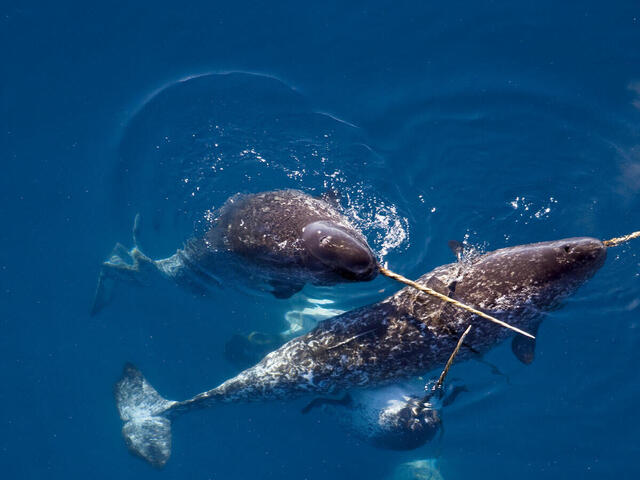
These are some examples of animals have various adaptations that help them thrive in the challenging conditions of cold regions, showcasing the diversity of life in these environments.